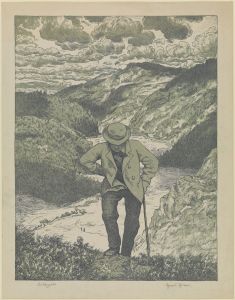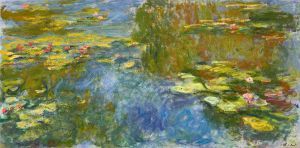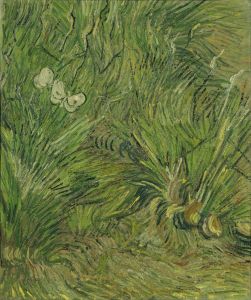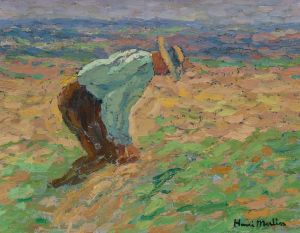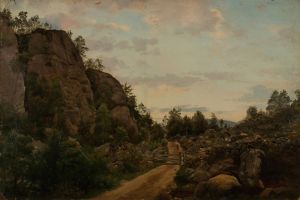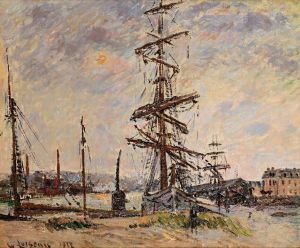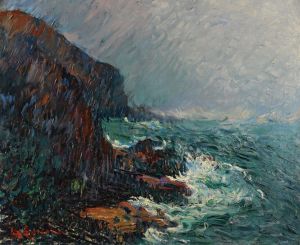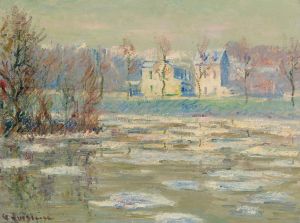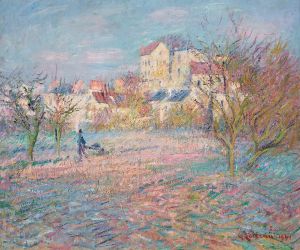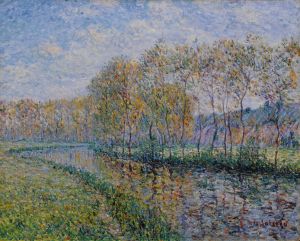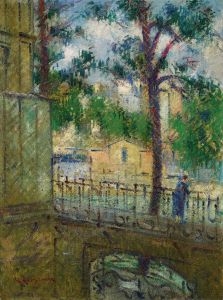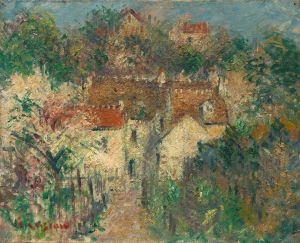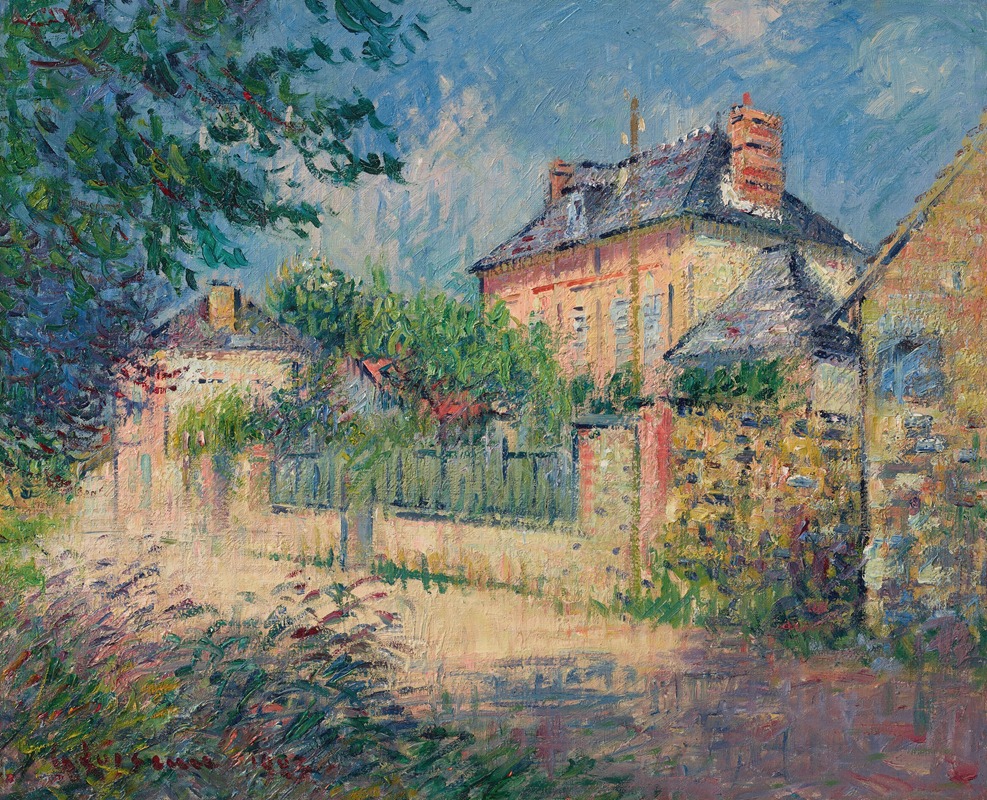
Rue de village
A hand-painted replica of Gustave Loiseau’s masterpiece Rue de village, meticulously crafted by professional artists to capture the true essence of the original. Each piece is created with museum-quality canvas and rare mineral pigments, carefully painted by experienced artists with delicate brushstrokes and rich, layered colors to perfectly recreate the texture of the original artwork. Unlike machine-printed reproductions, this hand-painted version brings the painting to life, infused with the artist’s emotions and skill in every stroke. Whether for personal collection or home decoration, it instantly elevates the artistic atmosphere of any space.
Rue de village is a painting by the French artist Gustave Loiseau, who was born on October 3, 1865, and died on October 10, 1935. Loiseau is known for his post-Impressionist landscape paintings, which often depict rural scenes and small villages in France. His work is characterized by a distinctive brushstroke technique and a keen interest in the effects of light and atmosphere.
Rue de village, which translates to "Village Street," is one of Loiseau's many paintings that capture the essence of rural French life. The painting typically features a quiet, picturesque street in a small village, lined with houses and possibly trees or other elements of the natural landscape. Loiseau's use of color and light in this painting reflects his dedication to capturing the transient effects of weather and time of day, a hallmark of the Impressionist and post-Impressionist movements.
Loiseau was influenced by the works of Claude Monet and Alfred Sisley, and he often painted en plein air, or outdoors, to better capture the natural light and atmosphere of his subjects. This approach is evident in Rue de village, where the play of light and shadow on the buildings and street creates a sense of depth and realism.
The painting is executed with Loiseau's characteristic short, broken brushstrokes, which give the surface a textured, almost shimmering quality. This technique helps to convey the movement of light and air, making the scene come alive. The colors are typically soft and muted, with a palette that includes earthy tones and gentle pastels, enhancing the tranquil and idyllic nature of the village setting.
Loiseau's work, including Rue de village, is often associated with the School of Pont-Aven, a group of artists who were active in the late 19th and early 20th centuries in the village of Pont-Aven in Brittany, France. Although Loiseau was not a formal member of this group, his style and subject matter share similarities with other artists from this school, who were also interested in capturing the rural and coastal landscapes of France.
Throughout his career, Loiseau exhibited his work in various salons and galleries, gaining recognition for his contributions to the post-Impressionist movement. His paintings are now held in numerous public and private collections around the world, including major museums such as the Musée d'Orsay in Paris.
Rue de village exemplifies Loiseau's ability to capture the serene beauty of rural France, making it a significant piece within his body of work. The painting not only reflects the artist's technical skill and aesthetic sensibility but also serves as a historical document of the French countryside during the late 19th and early 20th centuries.
In summary, Rue de village by Gustave Loiseau is a notable example of post-Impressionist landscape painting, showcasing the artist's mastery of light, color, and atmosphere to depict a tranquil village scene. Loiseau's work continues to be celebrated for its contribution to the art world and its enduring portrayal of rural French life.





